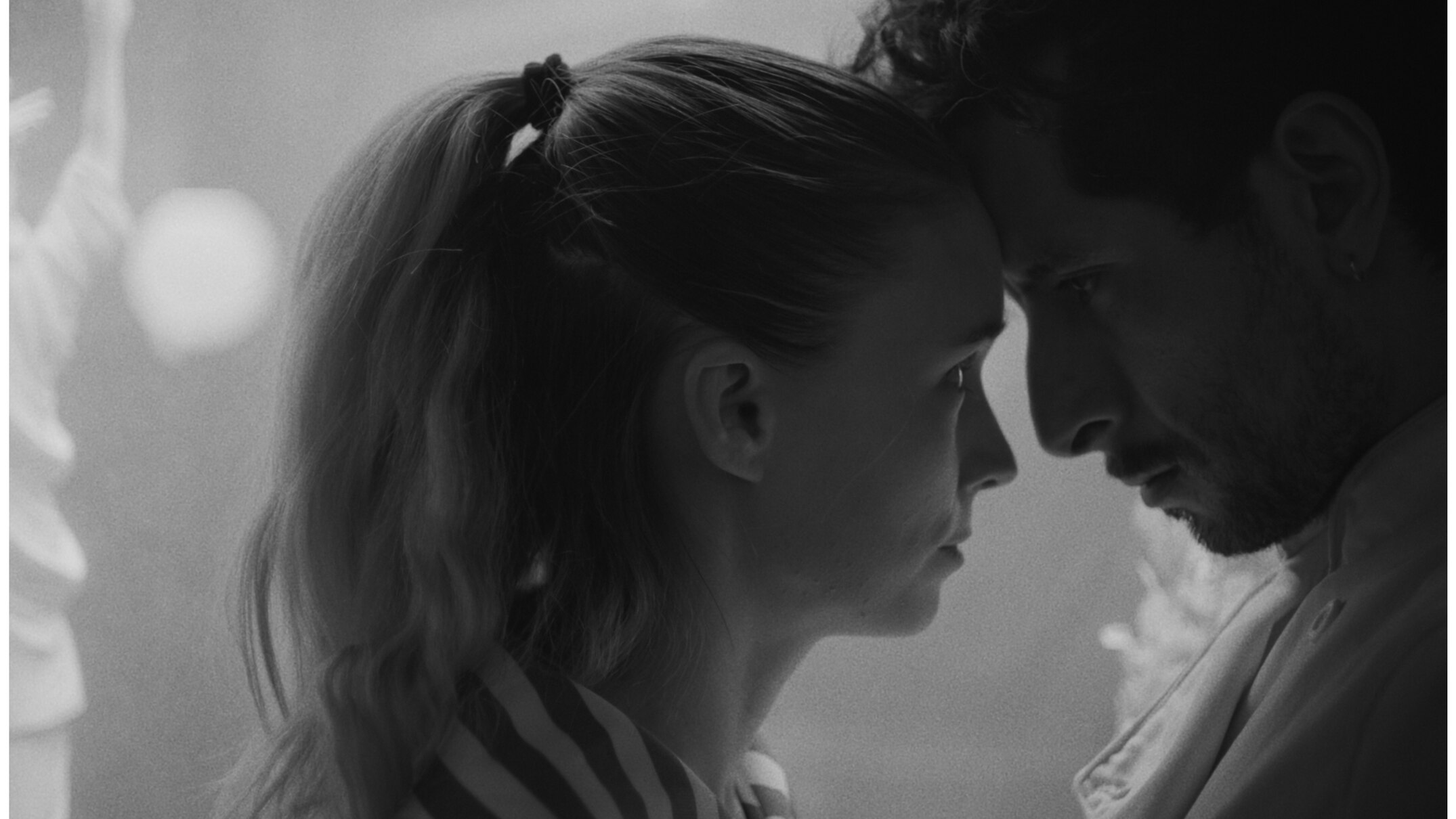
Translating from Spanish to mean 'the kitchen', the title of Mexican writer-director Alonso Ruizpalacios's latest work reflects its central preoccupation: undocumented Hispanic migrants who seek to better their lives in the underbelly of American commercial kitchens.
At the center of our attention is Times Square’s notorious eatery, The Grill. We track Estela Ramos (played by Anna Díaz), who traverses New York City's subway system and navigates U.S. workplace norms with limited English skills and only the name of an individual rumored to help secure her employment: Pedro (the soul of this movie, portrayed brilliantly by the versatile Raúl Briones), another Mexican chef.
However, something fishy is going on at The Grill. Over $800 has vanished from the cash register from the previous evening, causing the management to panic. Convinced that one of their financially strained employees must be responsible, they start grilling each worker individually about the disappearance of the money.
At the same time, Pedro’s American waitress girlfriend, Julia (played brilliantly by Rooney Mara), finds herself pregnant and conflicted about how to proceed. Overwhelmed by nostalgia for home and believing that this child could be his greatest blessing, Pedro hands Julia some cash, urging her strongly against having an abortion.
Throughout it all, orders continue to stream from the receipt printer—bringing to mind The Bear (apologies, but this reference couldn’t stay silent for long). Meals slip through the cracks, dishes fall dangerously close to the ground, machines break down (leading to some of the most bizarre moments in the movie), meals char, patience wears thin.
Writing about La Cocina — which is filmed predominantly in black and white with only select scenes in color — inevitably leads to discussing Juan Pablo Ramírez's remarkable cinematography and his masterful composition of the movie’s characters.
Portraying Estela's confusion in the initial scenes of the movie, the slow-motion sequences appear shaky and hazy, leading to an unsettling and disoriented sensation. After she discovers The Grill, the cinematography becomes more stable, emphasizing quick cuts back and forth among different characters—enhancing the sense of tension and immediacy.
The film features detailed shots of a carefully crafted sandwich being put together, contrasting sharply with the haphazardly prepared meals listed on the restaurant’s menu. It also includes scenes of individuals eating intently, as well as thick sauces drizzling down from cuts of meat. The presentation transforms food into an almost repulsive subject—depicting it at its rawest and most instinctual level for those indulging in it. This mirrors aspects of the hospitality sector, where dubious practices often support high-end dining encounters completely disconnected from the labor behind their creation.
Cutting through the atmosphere are Tomás Barreiro’s grandiose soundtrack and Javier Umpierrez’s intense sound engineering. Each auditory detail, whether a gentle hum from a soda machine, the sharp crack as meat is sliced into hefty pieces, or the clamor of jovial curses, is amplified to intensify the sense of confinement within the cramped space of the kitchen.
Frequently, this mirrors the internal turmoil within the characters—the harmonious incantation gets interrupted by jarring melodies when Pedro spirals into distress. Large portions of the movie are shrouded in quietness during scenes where characters deliver long speeches or amid intense suspenseful moments.
In The Grill, a social structure emerges, with unauthorized immigrants from countries such as Mexico, Colombia, the Dominican Republic, and Morocco interacting with America’s lower class population. Spanish dominates conversations within the kitchen, whereas English prevails when facing the restaurant's clientele.
The manager at this restaurant comes from a family with roots as second-generation immigrants, his parents being undocumented migrants themselves. Within the kitchen, males dominate the females, who often face objectification; meanwhile, male servers like Pedro exhibit charming behavior that can turn abusive and violent during stressful times.
This complexity is further entwined with the dynamics between Pedro and Julia. Despite being an American citizen, Julia faces peril due to her gender. On the other hand, Pedro lacks legal standing in America and struggles with expressing himself in a language alien to his own background. In a poignant moment, he conveys to Julia, “I must weep in English since you won’t approach me. You’re always the one coming towards me.” Simultaneously, Pedro embodies patriarchal supremacy.
Legal documents are held above Pedro’s head like a tantalizing lure, yet he'll never get his hands on them. Each member of the kitchen staff remains frozen in their respective states, trapped into endlessly repeating the same actions each day with no chance for liberation or advancement. This encapsulates the essence of the American Dream—a persistent aspiration that fuels the economy while simultaneously draining those who place faith in it.
The confined setting of La Cocina, along with the meticulously planned and coordinated movements of the actors during cooking, serving, and interacting, evokes the atmosphere of a theatrical performance. It comes as no surprise that this movie draws inspiration from Arnold Wesker’s 1957 British play ‘The Kitchen’.
However, the medium of film is skillfully used to depict what theatre cannot. The telephone Pedro uses to call his family in Mexico transforms into a window allowing him to both see and hear his homeland. One of the most ethereal scenes in the movie happens when Pedro and Julia gaze at each other through a lobster tank, accompanied by the melancholic melody of Lee Hazlewood’s ‘Your Sweet Love’.
In one character’s description, Pedro is a “bloody ticking time bomb,” and this assessment equally applies to La Cocina itself. As tension mounts, there comes an urgent necessity for some form of relief. This leads us towards the film's inevitable conclusion through a continuous ten-minute scene captured in a solitary take. It is utterly enthralling—simultaneously harrowing yet strangely purgative.
La Cocina is now showing in cinemas.